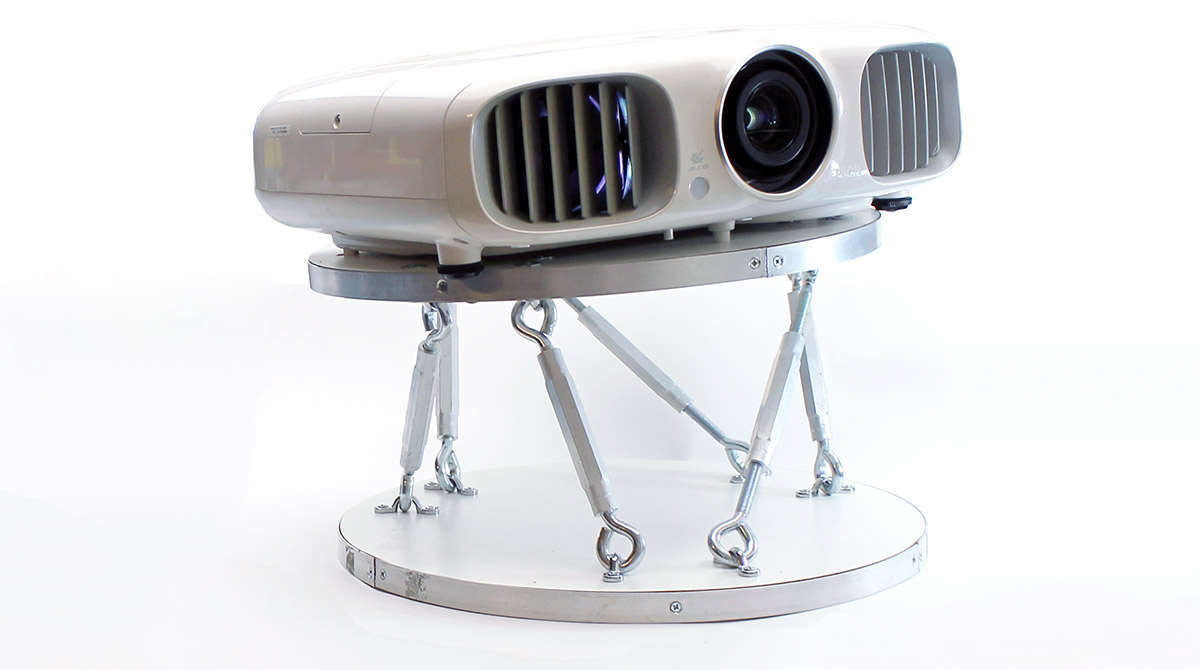
OK, quick physics review: There are six elementary movements a solid object can make in space — one straight-line movement back and forth along each of the three spatial dimensions, and one rotating movement back and forth around each of those lines. More complex motions (like orbiting while spinning) can always be described in terms of these six elementary movements, aka degrees of freedom (DOF) and “axes.” Manufacturers of CNC machines and other robots tend to describe their products with phrases like “4-DOF pick-and-place-robot” and “5-axis waterjet cutting system,” to indicate how many different ways the machine can move its end effector. Thus a “six-axis positioning platform” is basically a mounting bracket you can adjust in all possible ways (within a certain envelope).
TL;DR: This thing lets you move something any way you want.
“Awesome!” you are undoubtedly hopefully saying. “What can I use it for?”
Good question. It’s kind of a solution looking for a problem, really. I used mine to hang a video projector, a task for which it is admittedly overkill. Though it’s nice to have the straight-line movements, it’s the rotational degrees of freedom that truly matter for aiming a projector — and only two of those are indispensable. But it looks cool, right? And I thought the general concept, or maybe just the trick of using turnbuckles as ad-hoc “linear actuators,” might be the apple that fell on some bright reader’s head.
:: sound of tree shaking ::














